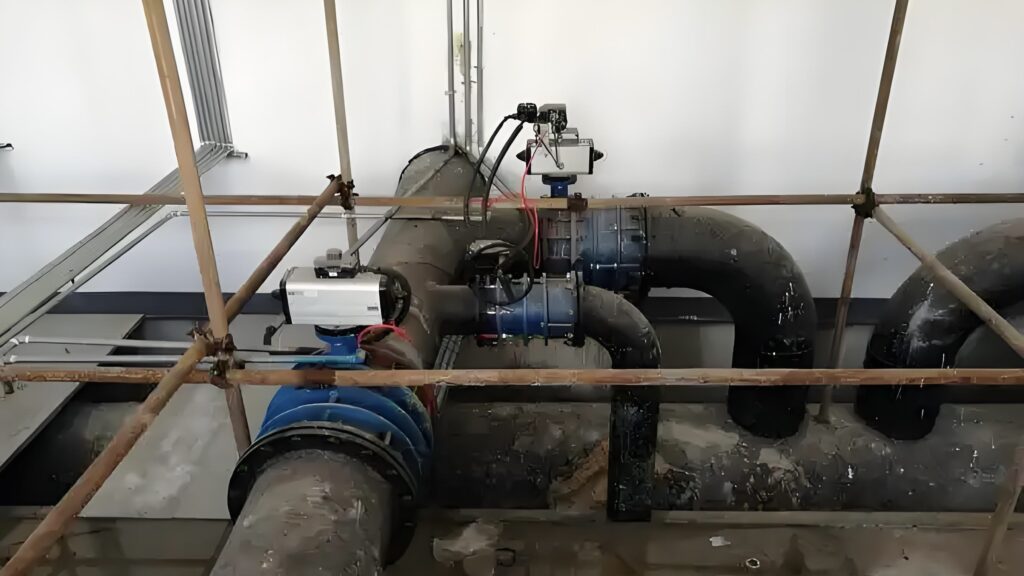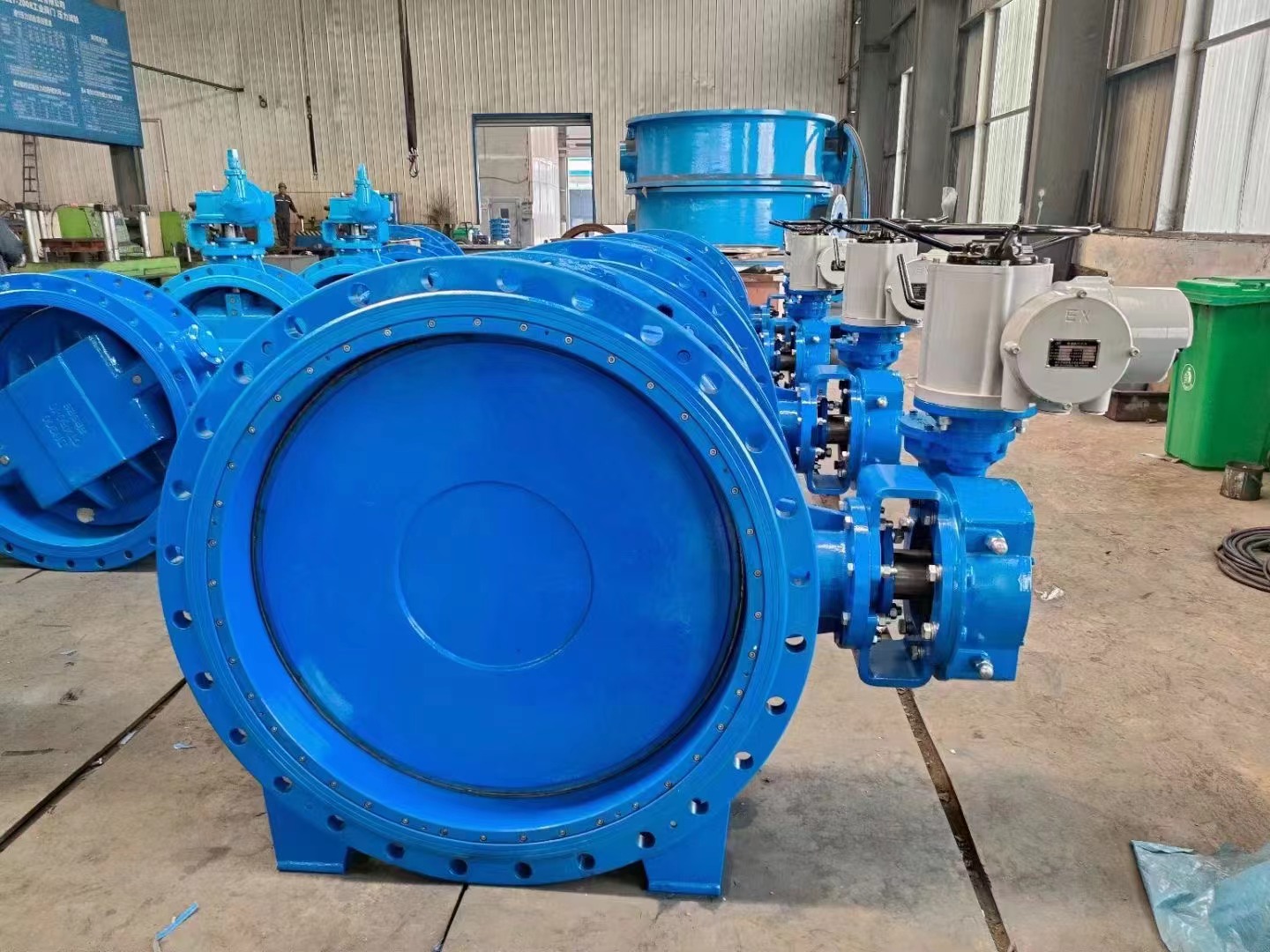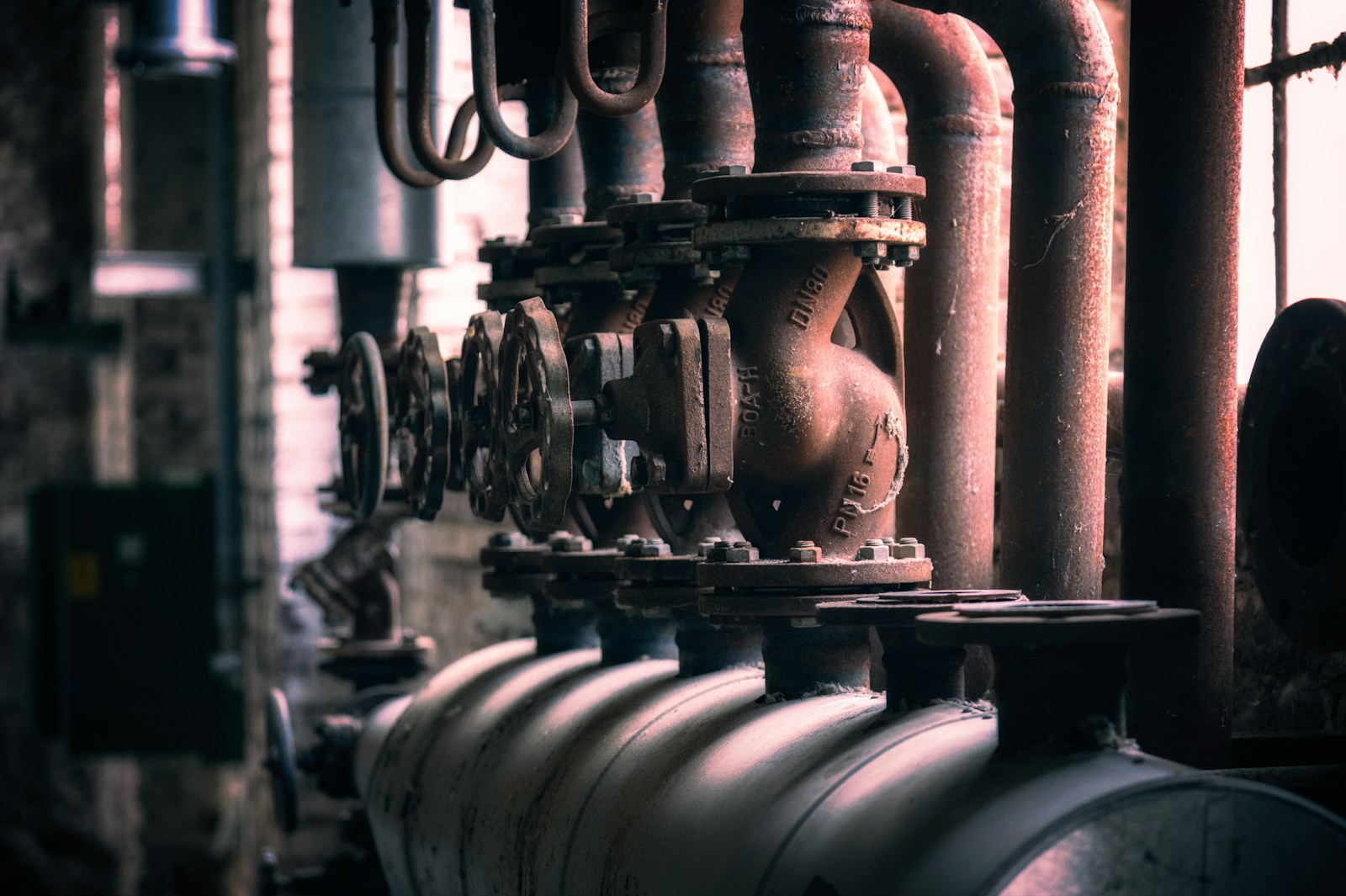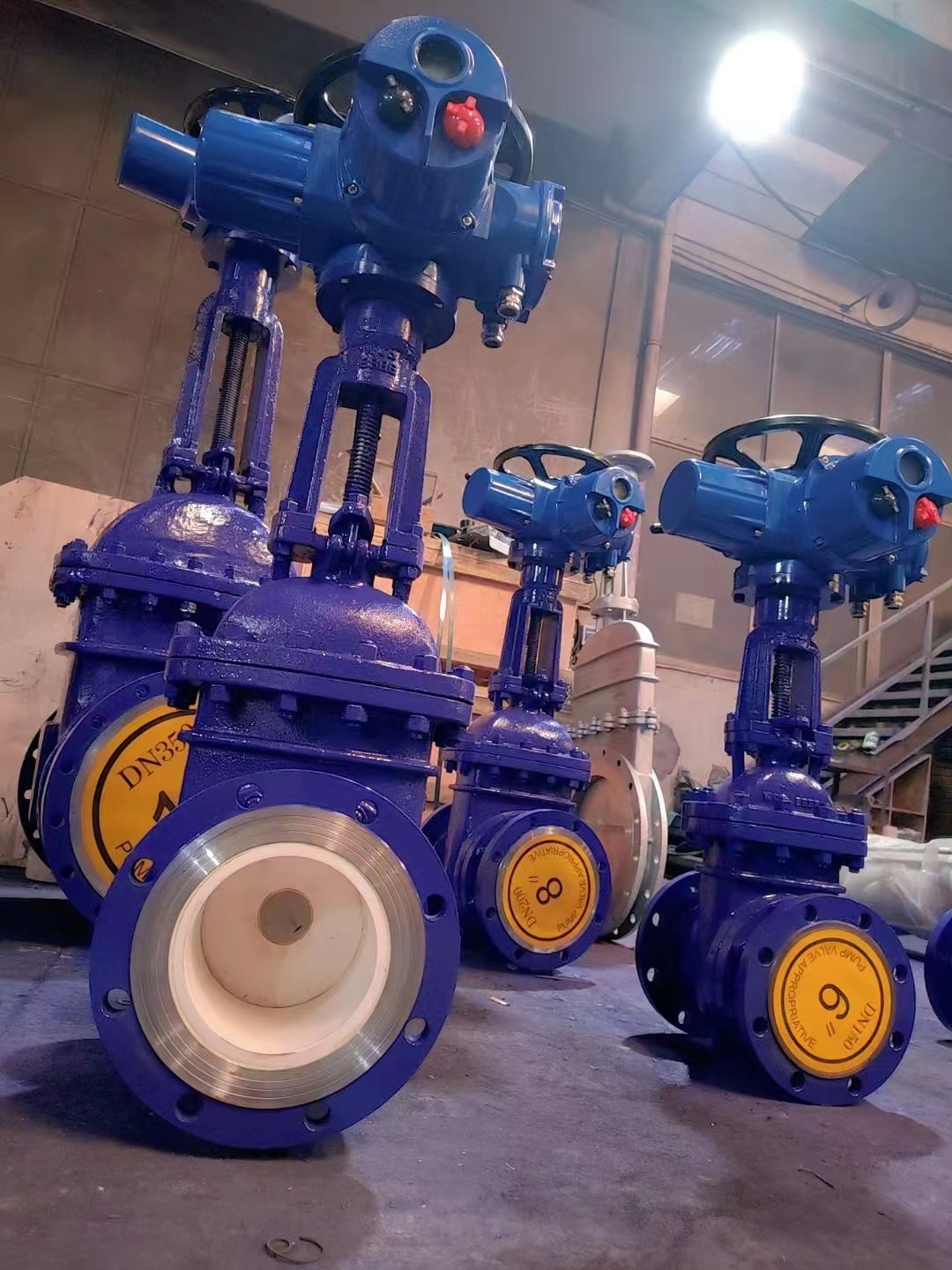Leakage Maintenance of Butterfly Valves
Butterfly valves are widely used in pipelines for water, gas, oil, and other fluids. Their compact structure, lightweight design, and quick operation make them ideal for regulating and isolating flow in various industries. Typical applications include:
Water Treatment Systems: Used for flow control and isolation in drinking water plants, wastewater treatment facilities, and irrigation networks.
HVAC and Fire Protection Systems: Used to regulate and shut off heating, ventilation, and fire-fighting pipelines.
Chemical and Industrial Processes: Handles corrosive or high-temperature media when made from stainless steel, lined, or coated materials.
Marine and Seawater Systems: Provides corrosion-resistant solutions for seawater intake and discharge pipelines.

Common Causes of Butterfly Valve Leakage
Despite their reliability, butterfly valves may experience leakage due to:
Worn or damaged seals and seats
Misalignment of the disc or stem
Corrosion or erosion of the valve body or sealing surfaces
Improper installation or torque application
To restore proper function and prevent recurring leaks, the following maintenance steps are recommended:
Inspection: Remove the valve from the pipeline if necessary, and check for damaged or worn components.
Cleaning and Surface Treatment: Clean the disc, body, and seat to remove corrosion, deposits, or debris.
Replacement of Seals and Seats: Replace worn or damaged seats, gaskets, and O-rings with compatible materials for the operating medium.
Reassembly and Testing: Reassemble the valve and perform pressure and tightness tests to ensure proper sealing.
Regular Maintenance: Schedule periodic inspections to prevent future leakage and extend service life.
Conclusion
Butterfly valves provide efficient and reliable flow control across a variety of industries. Proper installation, regular inspection, and timely leakage maintenance ensure optimal performance, long service life, and safe operation in demanding pipeline systems.






